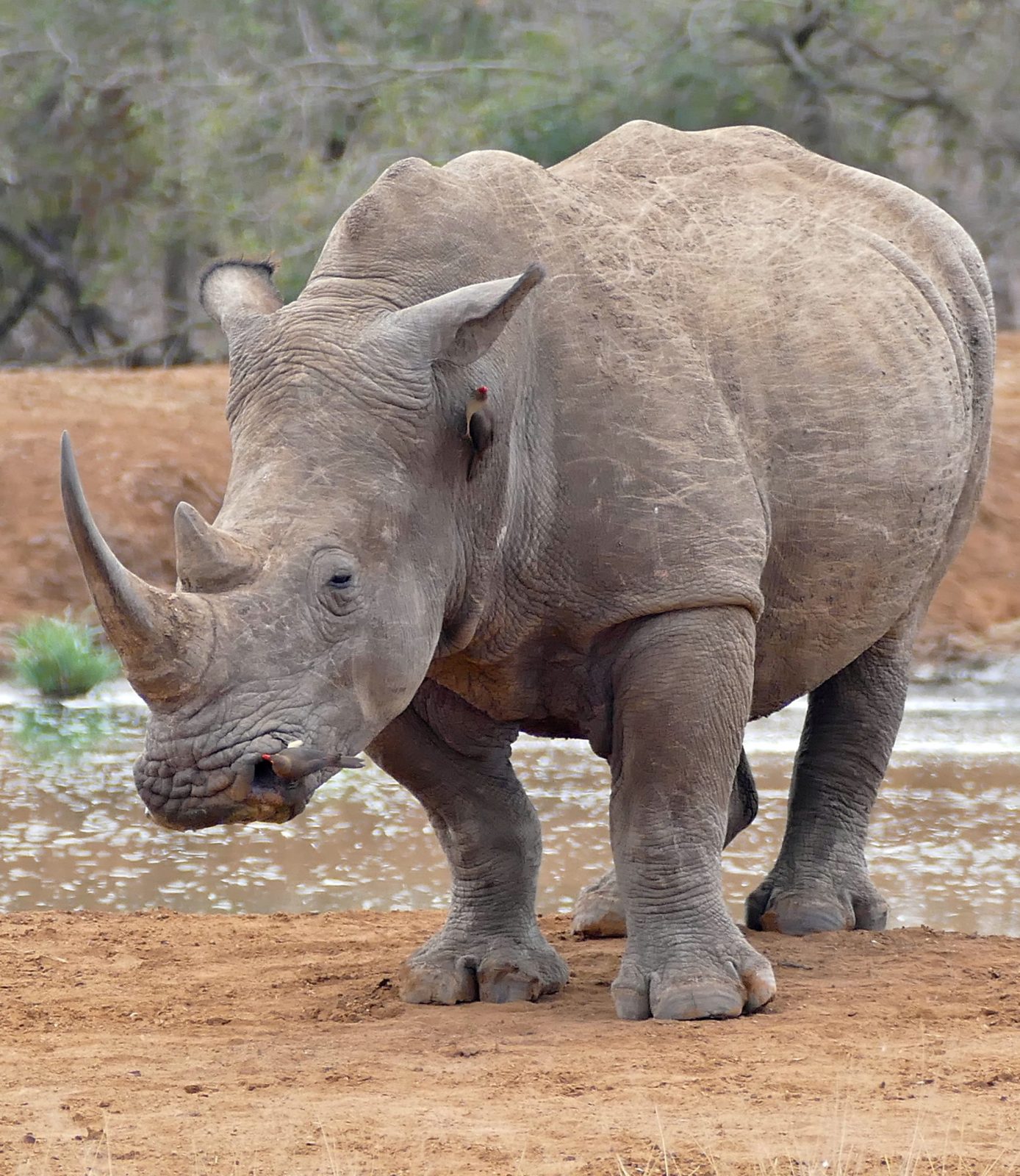
White rhino
In Africa there has been horrible decline of rhinos. The northern white rhino was as recent as 1960 still living in numbers over 2000. Found through Chad, the Central African Republic, South-western Sudan, the Democratic Republic of Congo (DRC), and North-western Uganda. Unfortunately this population has since crashed, and while they are not yet extinct there are so few left it is unlikely to recover. Embryos have been frozen in the hope that in the near future Southern white rhinos could host these.
Unfortunately, while the southern white rhino is doing far better with 18,000 (only a 12% decline in the last decade) it is not healthy and at the rate that poaching has occurred it’s not inconceivable that this population could be largely poached out of existence in a decade. In 2021, 457 rhinos were poached in South Africa with 77 lost from the Kruger. While this is horrific, it would suggest that Kruger is finally managing to protect its rhinos more effectively. Currently only 30% of Southern white rhino live in Kruger, which in the past this percentage was far higher (as high as 80-90%). Hopefully in the future rhino poaching will go back to being a thing of the past – while Kruger has the space, it cannot stop hundreds of determined poachers, while smaller reserves can do this more easily.
In the early 1900s, the Southern white rhino population fell to 50-100, thankfully this direction changed with (they are hoping) in August this year. The problem remains, that despite it having no medicinal benefit, if a rhino horn is valuable then people living near the breadline in the surrounding area will look on it with envy. Even if locals do not do it, it is worthwhile for criminal gangs. At the moment, white rhino horn can be sold for around $60,000 per pound, and an average white rhino horn weighs just short of 9 pounds. This means that each white rhino has half a million dollars attached to its nose.
One important thing to note, is that the name white rhino does not come from the colour of its skin. Indeed, with a white and a black rhino standing next to each other it would be hard to notice a difference in the colour of the skin. Instead, it gets its name from the afrikaans word weit which means wide – the white rhino has a wide mouth for grazing, while the black rhino has a pointed mouth for browsing.
Either place gives you a good chance to see rhino in their home.
As time passes, we hope to add more destinations for each species. There is a list of all articles on this species below the destinations available.
Note: to look at the rest of the rhino family click here












